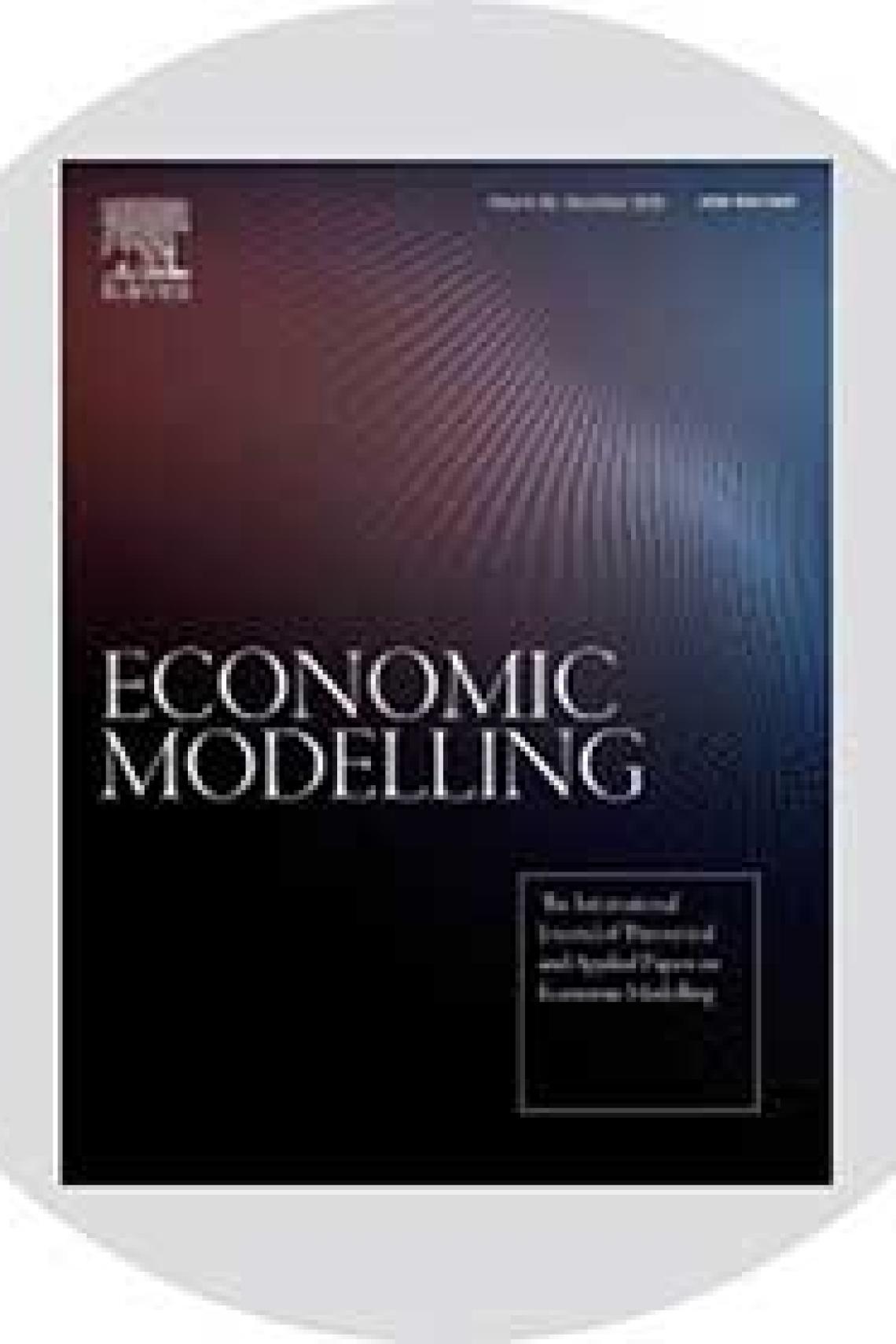New article co-authored by Chris Adam models alternative post-disaster financing mechanisms
A new article co-authored by Christopher Adam with David Bevan of the Economics Department models alternative financing mechanisms for reconstruction following natural disasters in developing countries.
When natural disasters destroy public capital, these direct losses are exacerbated by indirect losses arising from reduced private output during reconstruction. These may be large in developing countries that lack access to external finance.
The article develops a general equilibrium model of a small open economy that highlights the relation between public infrastructure and private capital, to examine the effects of natural disasters and alternative reconstruction paths.
Calibrating the model to data from the Caribbean Catastrophic Risk Insurance Facility (CCRIF), we examine alternative post-disaster financing mechanisms including reserve depletion, budget reallocation, sovereign disaster insurance, debt and taxation.
Disaster insurance is shown to play a limited role in financing reconstruction, while budget re-allocations are potentially damaging especially if they cannibalise operations and maintenance expenditures.
Absent donor grants or concessional borrowing, tax financing – where feasible – remains the least damaging financing instrument, particularly if the country risk premium on external debt is high.
Christopher Adam and David Bevan (2020) 'Tropical cyclones and post-disaster reconstruction of public infrastructure in developing countries', Economic Modelling, DOI: 10.1016/j.econmod.2020.07.003

